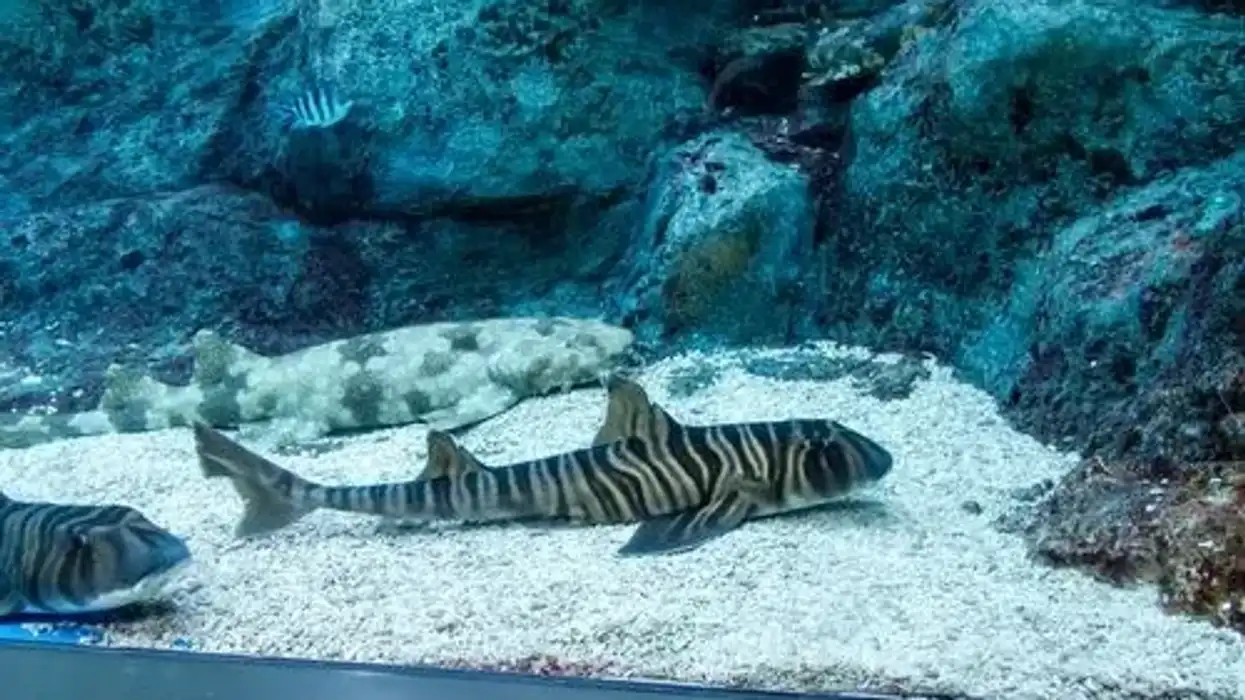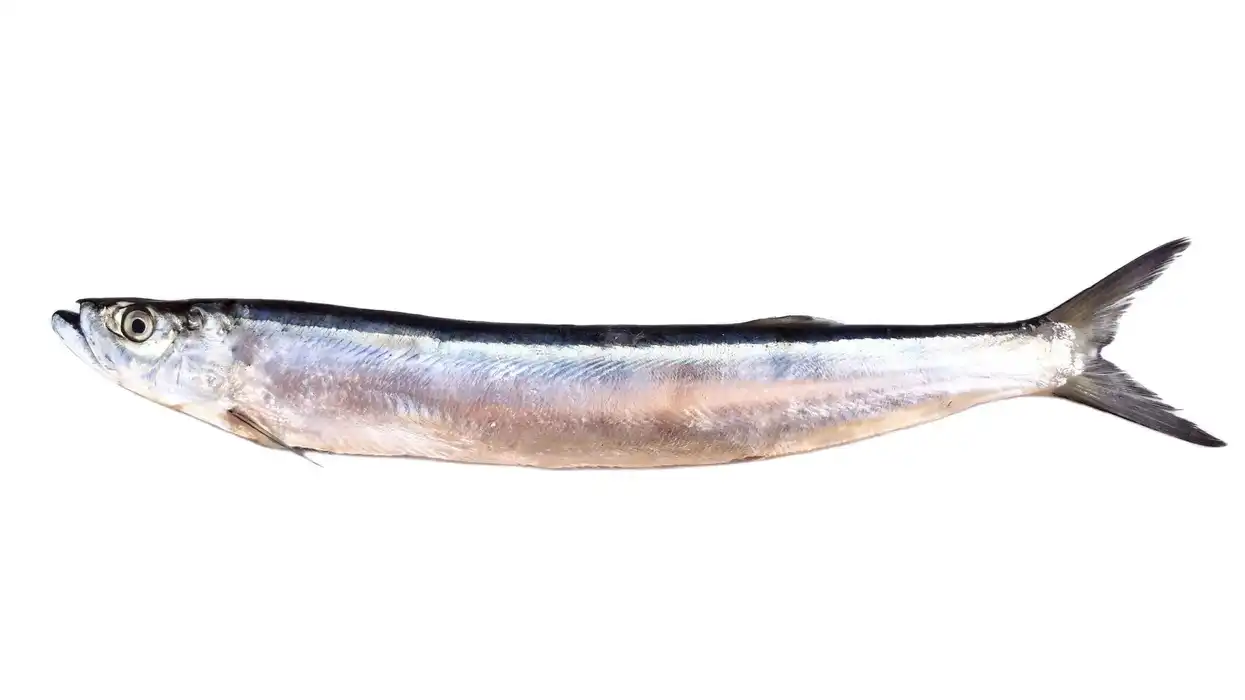The Amberjacks are saltwater fish species and belongs to the genus Seriola. They are placed in the family Carangidae like Scad, Jack, Lookdown, Pompano, Trevally, and more. The genus Seriola comprises nine different fish species. Though Amberjack is named as Amberjack Tuna, it is not Tuna.
The different types of Amberjack include Lesser Amberjack, Banded Rudderfish, and Yellowtail Amberjack. The different genus Seriola species are found in their oceanic regions' location. Some occupy the Pacific and the Atlantic Ocean's vast ocean areas, while some live in small areas. It contributes a lot to the commercial fishing industry.
The Greater Amberjack (Seriola dumerili) has a brownish dorsal side, and the ventral side is silvery white. It has a dark amber stripe that starts from the nose to the dorsal fin. The stripe becomes more visible during feeding or excited about something. Some Amberjack has a pale yellow stripe on the sides.
Read these fantastic Amberjack fish facts. Also, find out about giant trevally and skate fish.
Amberjack Interesting Facts
What type of animal is an Amberjack?
The Amberjack is a game fish found in the ocean and is found in the ocean's warmer parts.
Each Seriola species has its peculiar behavior. Even their way of finding food is different. The hunting style of those living on the ocean floor's surface is different from those living on the ocean floor's bottom.
Most of the Amberjack species live in groups or schools. Their school size varies. Many anglers love fishing Amberjacks as they are often found near the reef.
What class of animal does an Amberjack belong to?
The Amberjack is a fish; it belongs to the class- Actinopterygii and the family- Carangidae.
How many Amberjacks are there in the world?
The exact number of Amberjack is unknown since it is found in abundance and widely distributed in the Pacific and the Atlantic Ocean.
Where does an Amberjack live?
The Amberjack lives in the ocean. The Greater Amberjack (Seriola dumerili) is found in the subtropical regions in Indo-West Pacific, South to New Caledonia, the Persian Gulf, South Africa, Caroline and Mariana Islands of Micronesia, Hawaiian Islands, and Southern Japan. The Amberjacks are also found in abundance in Florida near the reef, and you will often find fishers fishing.
The Greater Amberjack is found in the western Atlantic Ocean in Canada, the Gulf of Mexico, Nova Scotia, South Brazil, Bermuda, and the Caribbean Sea. It is also found on the British coast, South of Morocco, and the Mediterranean Sea.
In the Western Atlantic ocean, the Lesser Amberjacks are found from Massachusetts to Brazil. In the Eastern Atlantic Ocean, the Lesser Amberjacks are found in the Canary Islands and Madeira.
What is an Amberjack's habitat?
Each Amberjack species prefers different habitats. Some live in the benthic region, and some may occupy the seafloor regions. Other Jacks may occupy the deep sea or the benthic region's open waters. Some Jacks love to live in different habitats.
The Greater Amberjack habitat comprises floating debris, rocky reefs, and wrecks at a depth of 60-240 ft. It is also found in the coastal areas of Florida. The Amberjacks are usually found throughout Florida.
In comparison, some may migrate to the South Atlantic Bight every year. Also, the Gulf of Mexico comprises mainly of Greater Yellowtail. Unlike the other Jacks, the Lesser Amberjacks prefer to live in the deep waters.
Who do Amberjacks live with?
The Greater Amberjack live in groups or schools when they are young. However, as they grow old, their schooling behavior decreases, and they like to live alone.
How long does an Amberjack live?
The Amberjack has an average lifespan of 17 years.
How do they reproduce?
Little is known about the reproduction of the Greater Amberjack. However, it is believed that they migrate due to breeding.
They are found to lay eggs in the waters of the western Atlantic Ocean's offshore areas from March to June. They lay eggs near the reefs and shipwrecks, as many individuals have seen in these locations from March to June.
What is their conservation status?
According to IUCN, the conservation status of Amberjack is Least Concern.
Amberjack Fun Facts
What do Amberjacks look like?
The Greater Amberjack looks slender, spindle-shaped with a short and pointed head. The eyes are small, and the mouth is large with a broad posterior maxilla that extends to the middle of the eye. The pectoral fin is short and almost to the pelvic fin's length.
The dorsal fin is longer than the anal fin. The caudal peduncle is located deeper and below the caudal fin.
The Greater Amberjacks do not have scutes and finlets. The caudal fin is moon-shaped and used to swim fast to catch its prey. The Greater Amberjack comprises small teeth and is arranged broadly in both the upper and lower jaws.
The young Greater Amberjack has five dark body stripes which are vertically located and irregularly split. The sixth stripe is located at the end of the caudal peduncle. These body stripes do not extend to the dorsal and anal fin. So, the dorsal and anal fin is usually transparent.

How cute are they?
The Greater Amberjacks are average-looking fish. Their body is slender, and they can grow up to a size of 72 in (182.9 cm). It is bluish or dark gray or silvery white. It is a popular gaming fish, which plays an essential role in the marine food chain.
How do they communicate?
The Amberjacks' primary means of communication are body postures, changing colors and color patterns, and body movements. In short, they depend on visual communication. The Amberjacks also communicate by releasing chemicals from their body known as pheromones. These chemicals often act as a way of communication or signals between the same species.
How big is an Amberjack?
The Greater Amberjack is up to six feet long. The Greater Amberjack is eight times bigger than the Lesser Amberjack.
How fast can an Amberjack swim?
The Amberjack swims at a speed of 50 km/h. It is not easy to capture them because of their speed. If you want to catch them, make sure to keep them away from the reefs; otherwise, the fishing line may be cut by a big rough rock.
The fastest fish globally is Sailfish which swims four times faster than the Amberjack.
How much does an Amberjack weigh?
The Amberjack weighs around 60–80 lb (27.2-36.3 kg).
What are their male and female names of the species?
The Amberjack's male species is known as male Amberjack, and the female species is known as female Amberjack.
What would you call a baby Amberjack?
The baby Amberjack is known as pilotfish.
What do they eat?
The food of adult Amberjack is small fish, squid, shrimp, and crustaceans. The young ones feed on tiny creatures and planktons. They are carnivorous and hunt for smaller creatures, and each species has its preferences.
Are they dangerous?
No, they are not dangerous to humans. Although a worm called Trypanorhynch plerocerci is found in Amberjack, it is not harmful. You need to cook the fish thoroughly or freeze it, killing any tapeworms present.
Would they make a good pet?
No, people do not keep the Amberjacks in home fish aquariums. The Amberjacks are found in commercial aquariums, which are kept to educate the public. They are also found in aquaculture or fishing farms.
The care for the Amberjacks differs based on species type. Some live in the pelagic zone, requiring large fishing tanks with ample space to swim. Also, feed them with a diet comprising small fish, shrimp, squid, and crustaceans.
Did you know...
Yellowtail Amberjack facts include that it is also known as Japanese Amberjack. This fish species is also served as sushi in various restaurants worldwide. They are farmed in Japan and Korea for their meat.
The Greater Amberjack is also known as Greater Yellowtail and is an integral part of the commercial fishing industry.
The Lesser Amberjack is also known as Little Amberjack or False Amberjack. The Lesser Amberjack fish species are somewhat similar to the Banded Rudderfish. However, the False Amberjacks have 30-32 dorsal-fin rays, and the Banded Rudderfish has 33-40 dorsal-fin rays.
The Banded Rudderfish species is also known as Shark Pilot, Slender Amberjack, or Banded Mackerel.
Do people eat Amberjack?
Yes, people eat Amberjack. Some anglers consider it an excellent fish to eat, while others consider it unpleasant.
The taste of the Amberjack is considered tasteless, or it does not have a taste of its own. You will often get the tastes of its seasoning or the ingredients used in cooking. It is usually served as sushi in many Japanese restaurants and often served as smoked fish or as dipping fish.
In the Gulf of Mexico and Florida, the Amberjack is sold fresh in the market, and you can fry, grill, boil or bake them. They are used in aquaculture and are an essential part of the fishing industry.
If you plan to eat the Amberjack, remove the tail because it contains a worm. Also, remove the blackened portion and bloodline of the Amberjack if you want to grill it.
Yes, Amberjack is healthy to eat. It contains omega-three fatty acids, vitamin A, strengthening bones and teeth growth.
Angling techniques like trolling, artificial lures, and natural baits are used to catch the Greater Amberjacks. Some are also caught by fishermen who are fishing for snappers. Those with a Gulf reef is the best site for angling.
Common health problems
Greater Amberjacks might contain ciguatera poisoning. This poisoning is due to the bioaccumulation of ciguatoxins found in the marine fish species. The marine dinoflagellates are responsible for producing the ciguatoxins. They are found attached to the marine algae, which are eaten by the herbivorous fish species. The Greater Amberjacks often eat these herbivorous fishes.
The Greater Amberjacks have tapeworms inside their body. The tapeworms don't have digestive tracts but can directly digest the host's carbohydrates, which allows them to live internally as the parasite. Although, they are killed when thoroughly cooked and are harmless to humans. A parasite called Zeuxapta Seriolae is found in the gills of Greater Amberjacks.
Here at Kidadl, we have carefully created lots of interesting family-friendly animal facts for everyone to discover! Learn more about some other fish including codfish, or fluke fish.
You can even occupy yourself at home by drawing one on our Amberjack coloring pages.









